Currently, many irrigation reservoirs in the province are degraded and damaged, with potential risks of incidents, especially when the rainy season comes. To ensure the safety of these important irrigation works and reduce flooding in downstream areas, Quang Tri Irrigation Works Management and Exploitation Company Limited is implementing many effective prevention and response solutions.
The spillway system needs to be reinforced and protected - Photo: MT
Quang Tri Irrigation Works Management and Exploitation Company Limited is responsible for managing and exploiting 15 reservoirs with a total capacity of 185.91 million m3 and 2 dams to irrigate over 30,000 hectares of rice and crops, accounting for 60% of the irrigation area from irrigation works in the province.
To fulfill assigned tasks well, ensuring the safety of construction works in general, especially ensuring the safety of dams and people in downstream areas is the company's key task. Every year, entering the rainy and stormy season, the company has developed flood and storm prevention plans (PCLB) that are realistic, specific to each construction system and the characteristics of each locality.
Inventory of spare PCTT materials at reservoir projects, make plans to replenish and gather sufficient materials at reservoir and dam points and at key locations of the project before the flood and storm season. Check and review the entire communication system to ensure smooth communication from the company office to the facilities.
Strengthen the disaster prevention command board from the company to clusters and teams, assign specific responsibilities to all members of the disaster prevention command board; agree on a plan to coordinate with local authorities in mobilizing rescue forces and evacuating people in the area after the dam when the project has an incident.
Assigning on-duty shifts, security guards, managing operations and updating flood and rain developments 24/7; strictly implementing the reporting regime according to regulations. The process of operating reservoirs, dams, and flood discharge regulation works must comply with approved operating procedures. Before opening the flood control spillway, promptly notify localities of the discharge time and discharge flow through the spillway of the reservoirs, so that localities can proactively prevent and avoid.
Electromechanical equipment such as flood discharge gates, communication systems, canoes, motorboats of all kinds were inspected and put into trial operation before the flood season. The systems of works to prevent salinity, retain fresh water, and drain floods such as An Tiem, Viet Yen, Vinh Phuoc, Chau Thi, Ben Tam, Mai Xa, Xuan Hoa... actively drained the floods. The command work was maintained, the communication network was connected smoothly between the company and the superiors and the company with the base to update the developments of the flood situation and handle quickly, accurately, and effectively any incidents that may occur to each irrigation project.
Checking the status of Chau Thi dam - Photo: MT
For reservoirs and dams, after the end of summer-autumn irrigation, the company will close the pressure sluice gate (including the regulating gate and the emergency gate) to ensure the safety of the project when there is heavy rain and flood. The pump station project leaders, after the end of summer-autumn irrigation, must pull the engine up to the flood protection floor, cut off the power system to the factory, and assign pump station workers to guard the project.
For the canal system, after finishing the summer-autumn irrigation, open half of the water intake sluices on the canal and open the flood discharge sluices. Check the inlet and outlet of the drainage sluices under the irrigation canal to ensure quick flood drainage.
For flood spillways with gates, operations will be organized according to established procedures. Reservoirs regulate to keep the water level at a safe level. Comply with the flood discharge operation procedures for construction systems based on considering weather factors and management experience over the years to make decisions on timely flood discharge to avoid deep flooding in downstream areas, while ensuring sufficient water storage capacity for production.
When a storm occurs, if the lake water level is at alert level I to alert level III, all company forces must be present at the assigned location to carry out the task. When the water level is at alert level III, the dike protection force will be in position, preparing human and material resources to respond.
When the water level exceeds alarm level III or higher, or there is an incident at the project, the dike protection force and relevant forces must be present at the assembly area to be ready to deploy for rescue. Coordinate and command smoothly, promote local strength for rescue forces of communes, cooperatives, localities...
Develop a detailed plan for evacuation when the irrigation project may encounter an accident. People living behind the dams in the Kinh Mon, Ha Thuong, Truc Kinh, Khe May, Ai Tu, Nghia Hy, La Nga, Bao Dai systems... have all been prepared for high, safe places with basic living conditions to evacuate during rainy and flood days...
The company conducts comprehensive inspections of the current status of reservoir works. Develops plans and estimates for repairs of all damage incidents. Organizes the operation of all machinery, electromechanical equipment... Organizes training on handling damage incidents of works. Comply with the operating procedures of reservoirs and dams on the basis of regular inspection and assessment of the technical status of the works.
Chairman of the Board of Directors of Quang Tri Irrigation Works Management and Exploitation Company Limited, Le Van Truong, said: “The unit has requested the People's Committees of districts, towns and cities with reservoirs and irrigation dams to soon issue regulations on signals and have plans to evacuate people in low-lying areas when reservoirs and dams have incidents of lake or dam failure. It is recommended that communes located in deep flooded areas and areas affected by flash floods such as Gio Quang, Gio Mai, Gio Thanh, Gio My, Gio Chau, Trung Son, and Trung Hai re-organize training to respond to emergency situations. The above efforts aim to ensure the safety of reservoirs and dams and effectively implement flood prevention and control plans, minimizing damage to people and property caused by storms and floods. Currently, there are 8 reservoirs and dams with emergency response plans, including: Trieu Thuong 1, Trieu Thuong 2, Da Mai, Tan Kim, Truc Kinh, Ha Thuong, Kinh Mon, and La Nga.”
“In the context of climate change and increasingly complex and unpredictable natural disasters, ensuring the safety of dams and irrigation works is not only about repairing and upgrading but also strengthening supervision and closely monitoring the development of flood and rain situations, thereby having solutions to regulate the amount of water in the reservoir appropriately, ensuring the safety of the works during the flood season,” Mr. Truong added.
Minh Tuan
Source: https://baoquangtri.vn/dam-bao-an-toan-cac-cong-trinh-thuy-loi-trong-mua-mua-bao-189502.htm


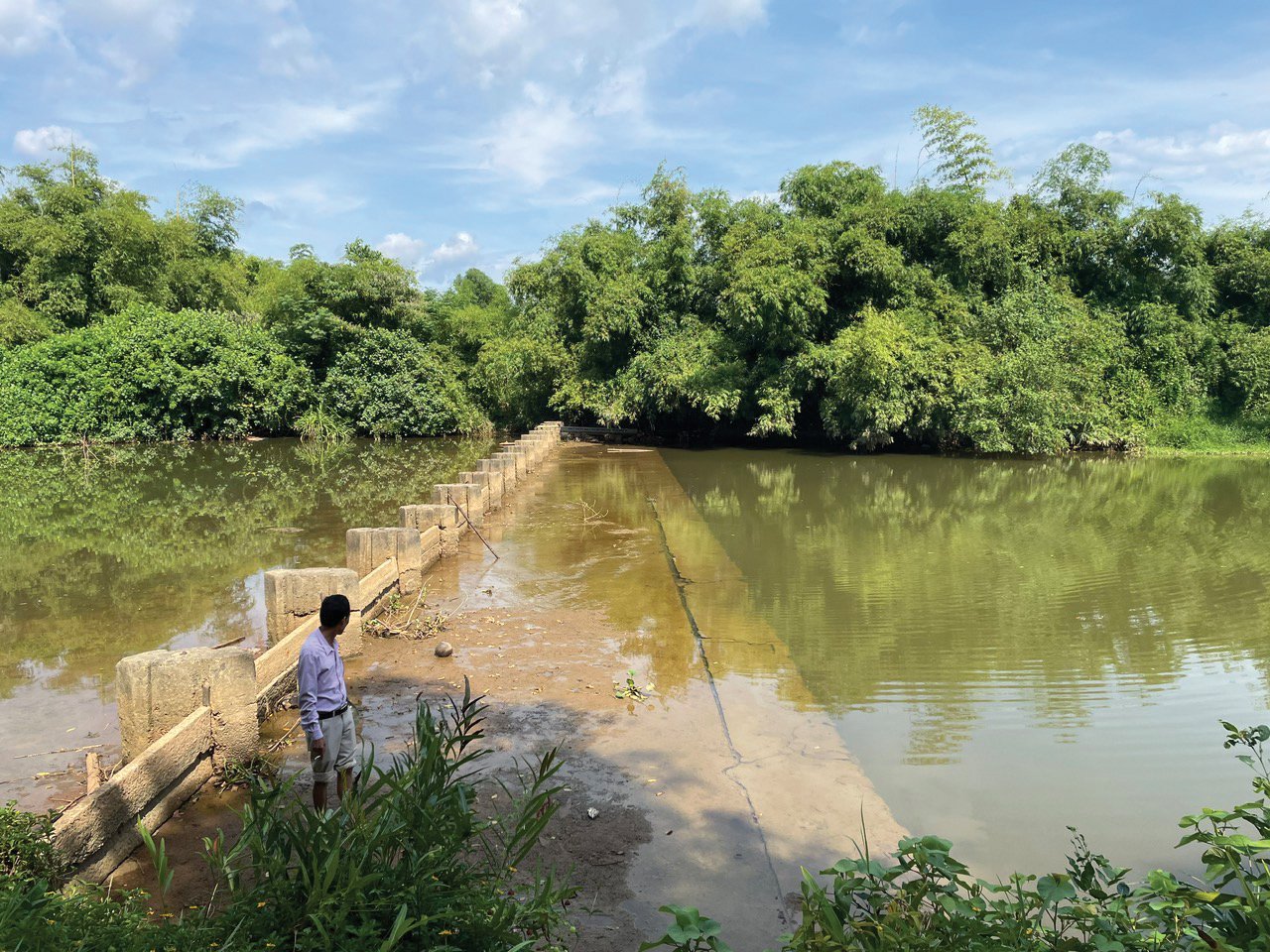
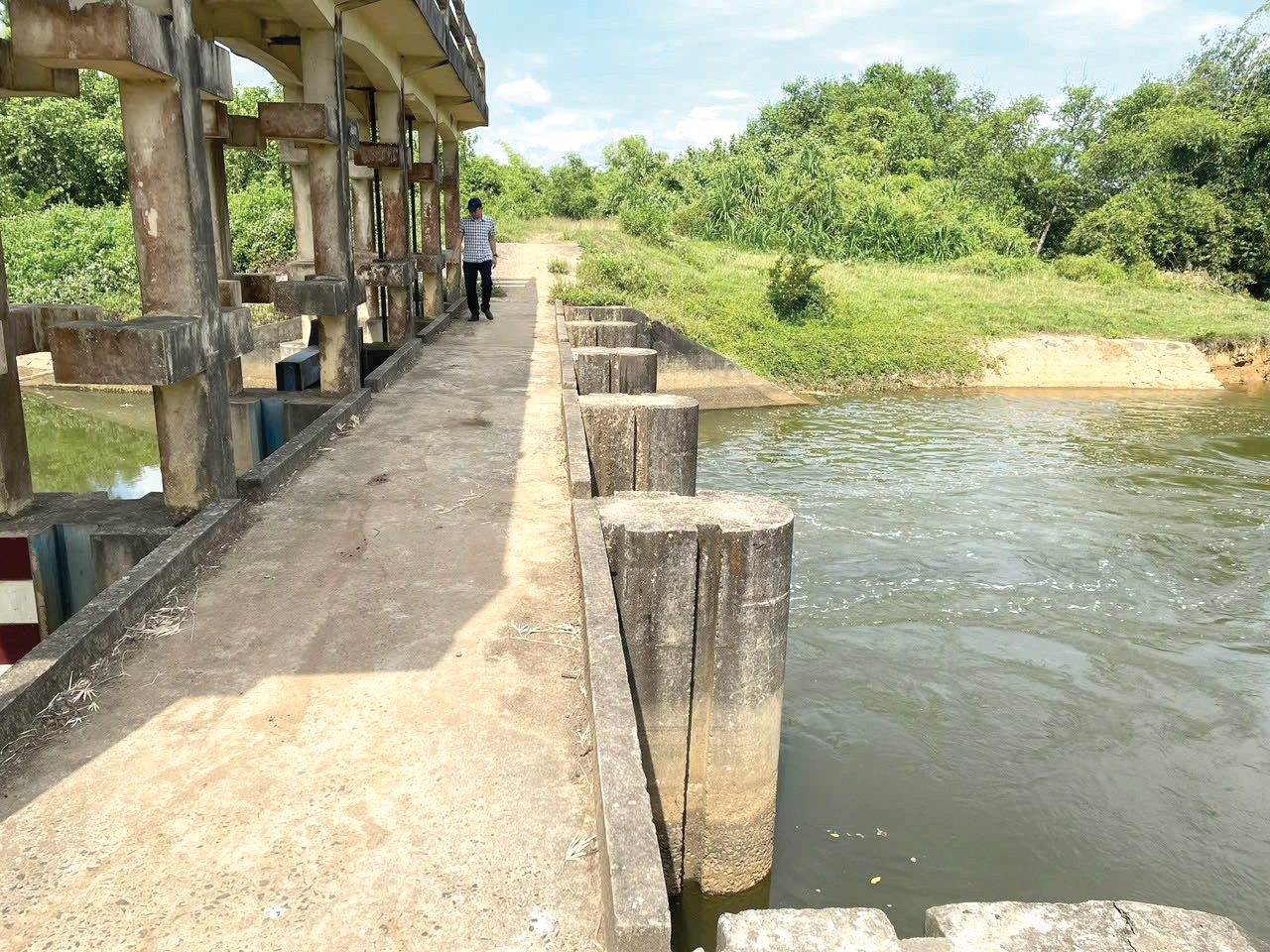

![[UPDATE] April 30th parade rehearsal on Le Duan street in front of Independence Palace](https://vstatic.vietnam.vn/vietnam/resource/IMAGE/2025/4/18/8f2604c6bc5648d4b918bd6867d08396)
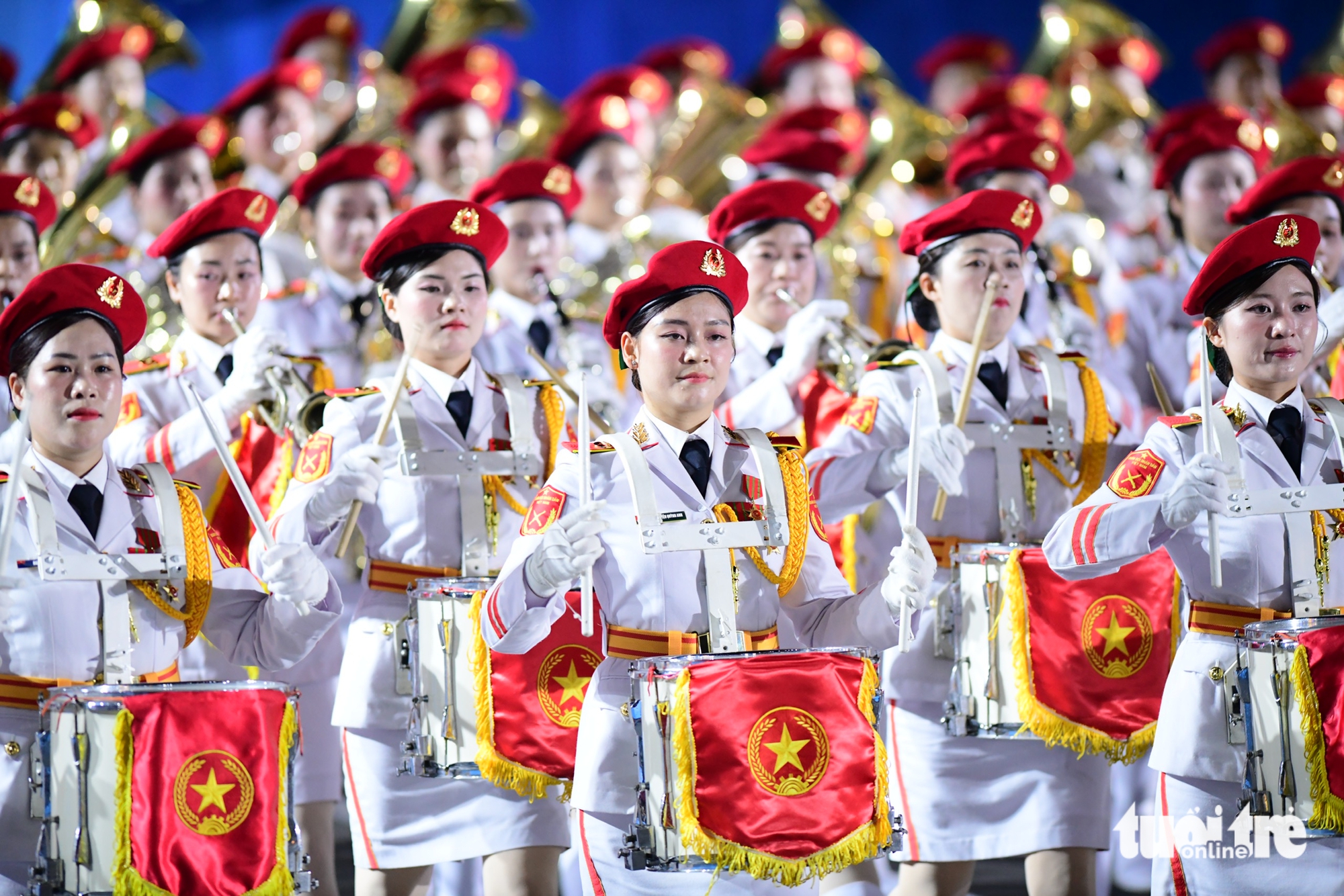

![[Photo] Prime Minister Pham Minh Chinh receives Mr. Jefferey Perlman, CEO of Warburg Pincus Group (USA)](https://vstatic.vietnam.vn/vietnam/resource/IMAGE/2025/4/18/c37781eeb50342f09d8fe6841db2426c)

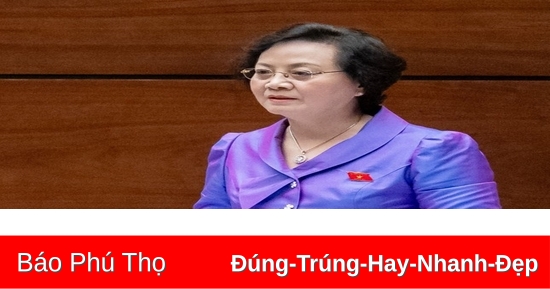
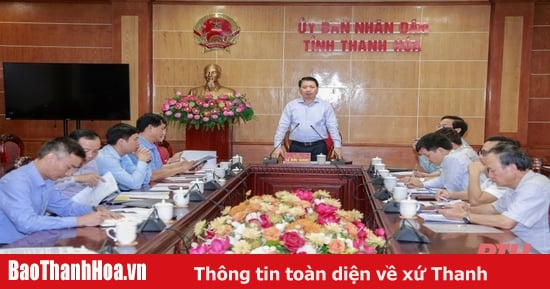
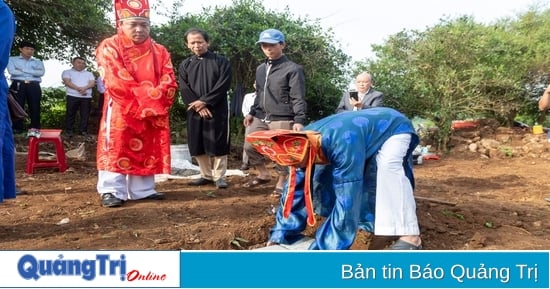

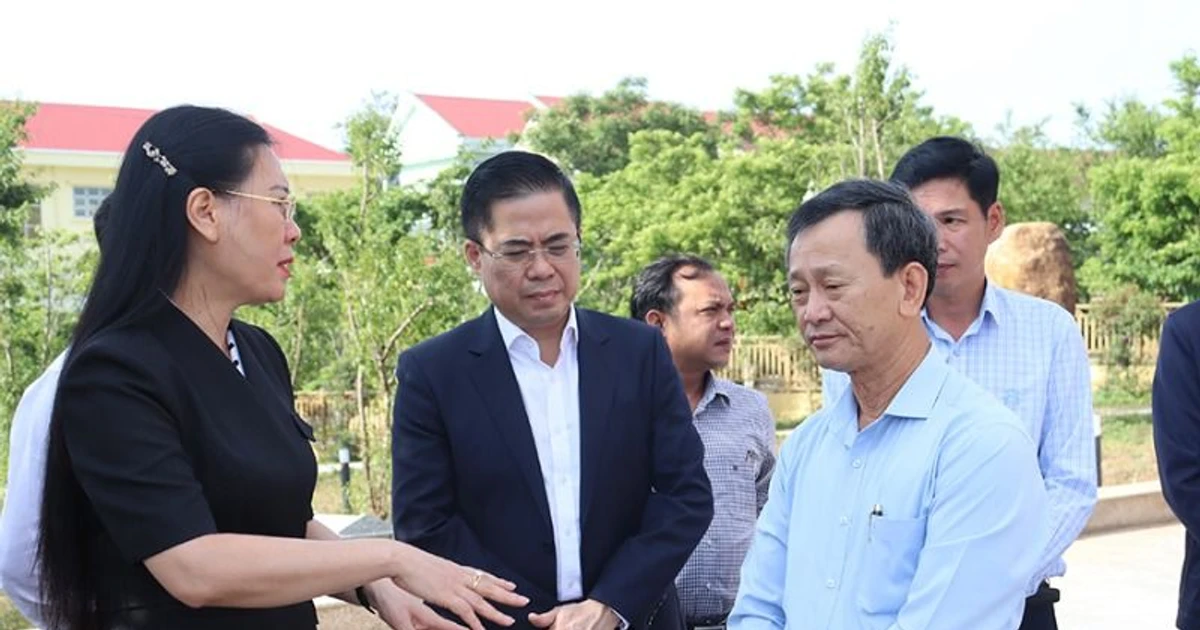



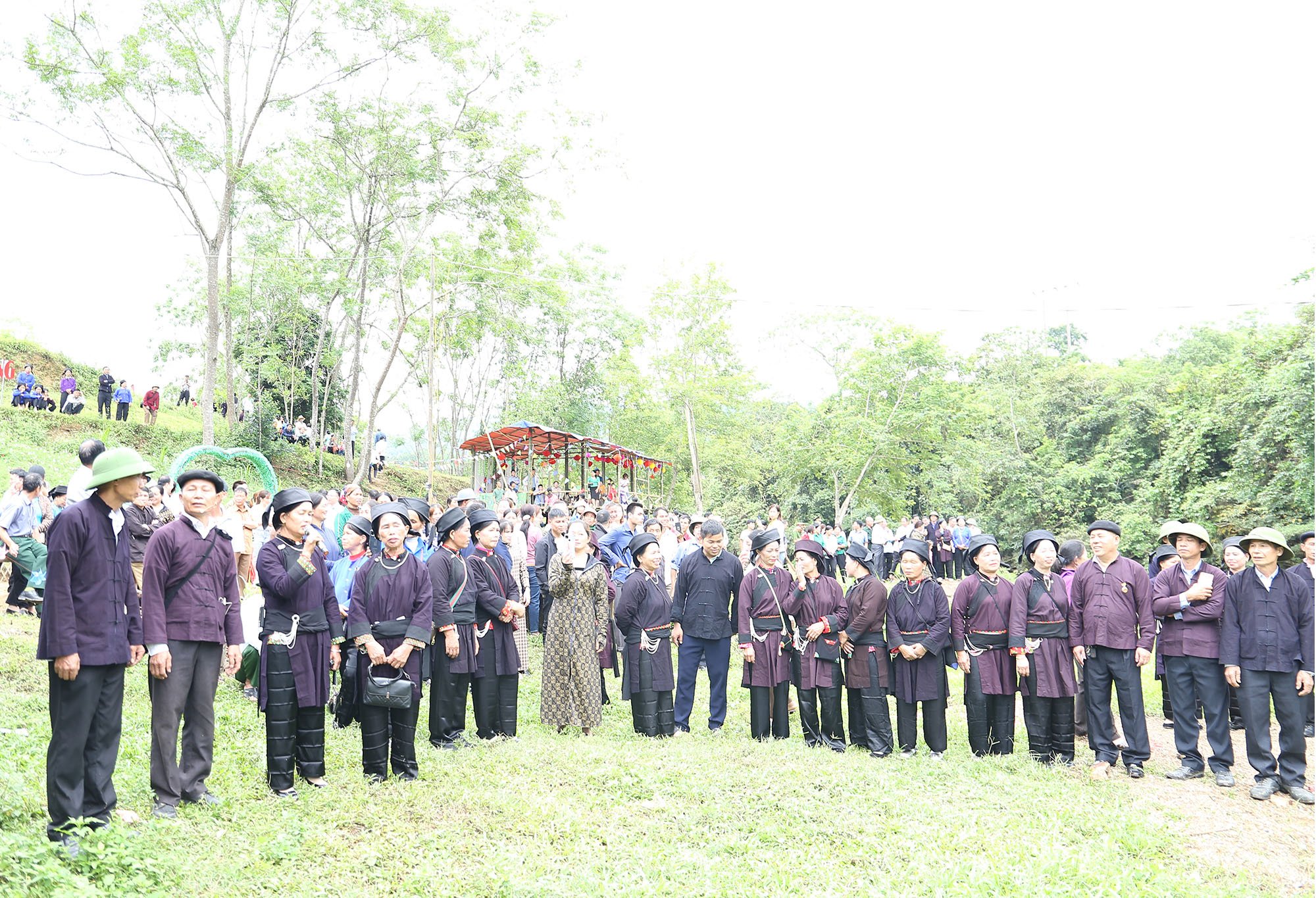
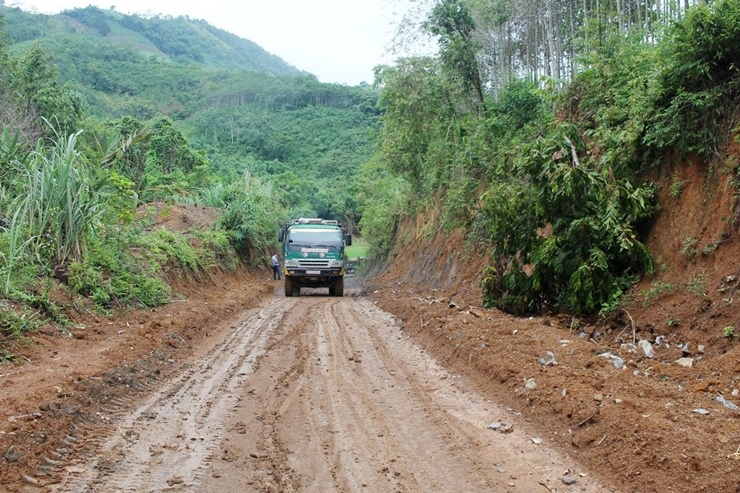
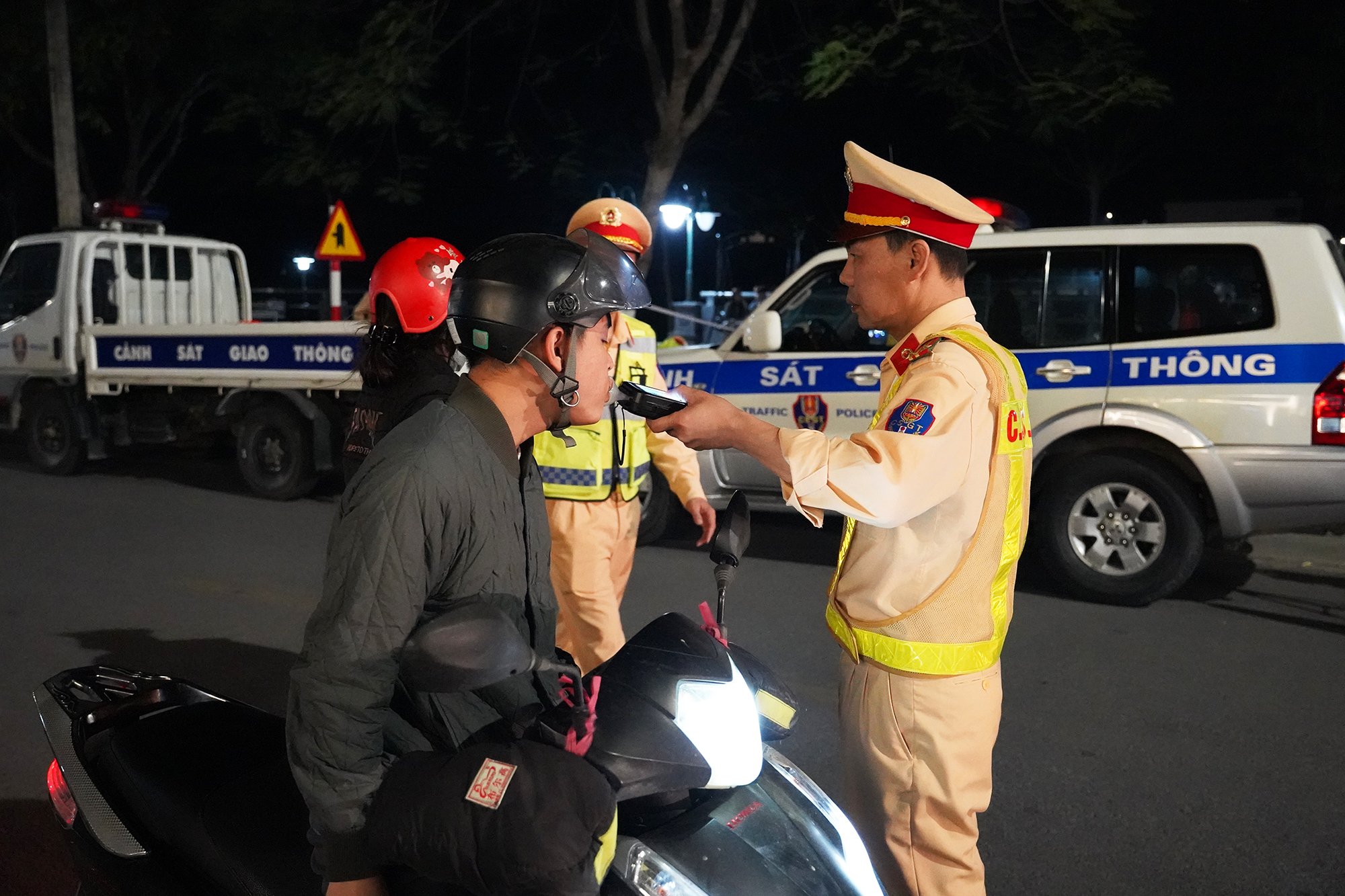
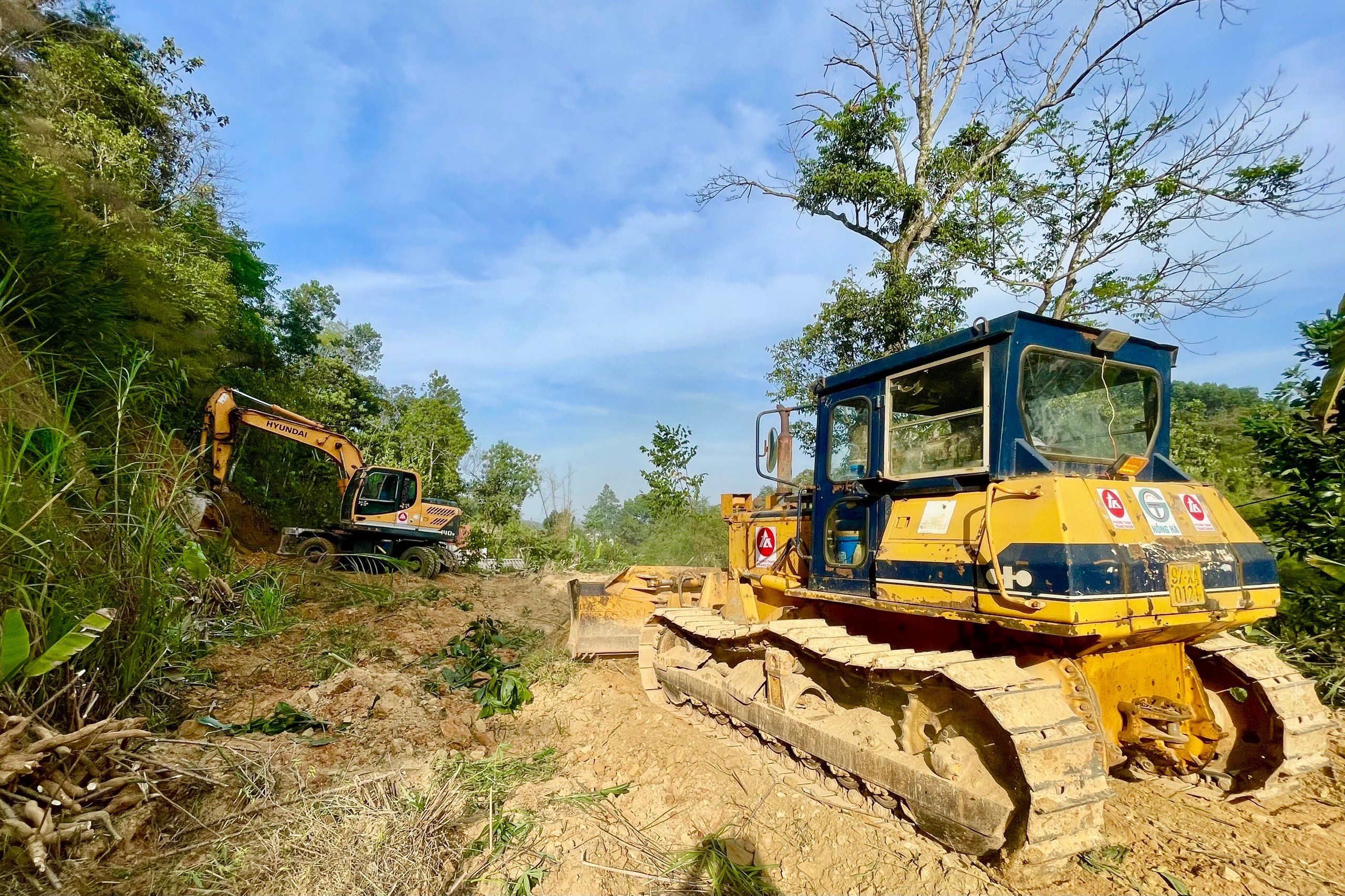
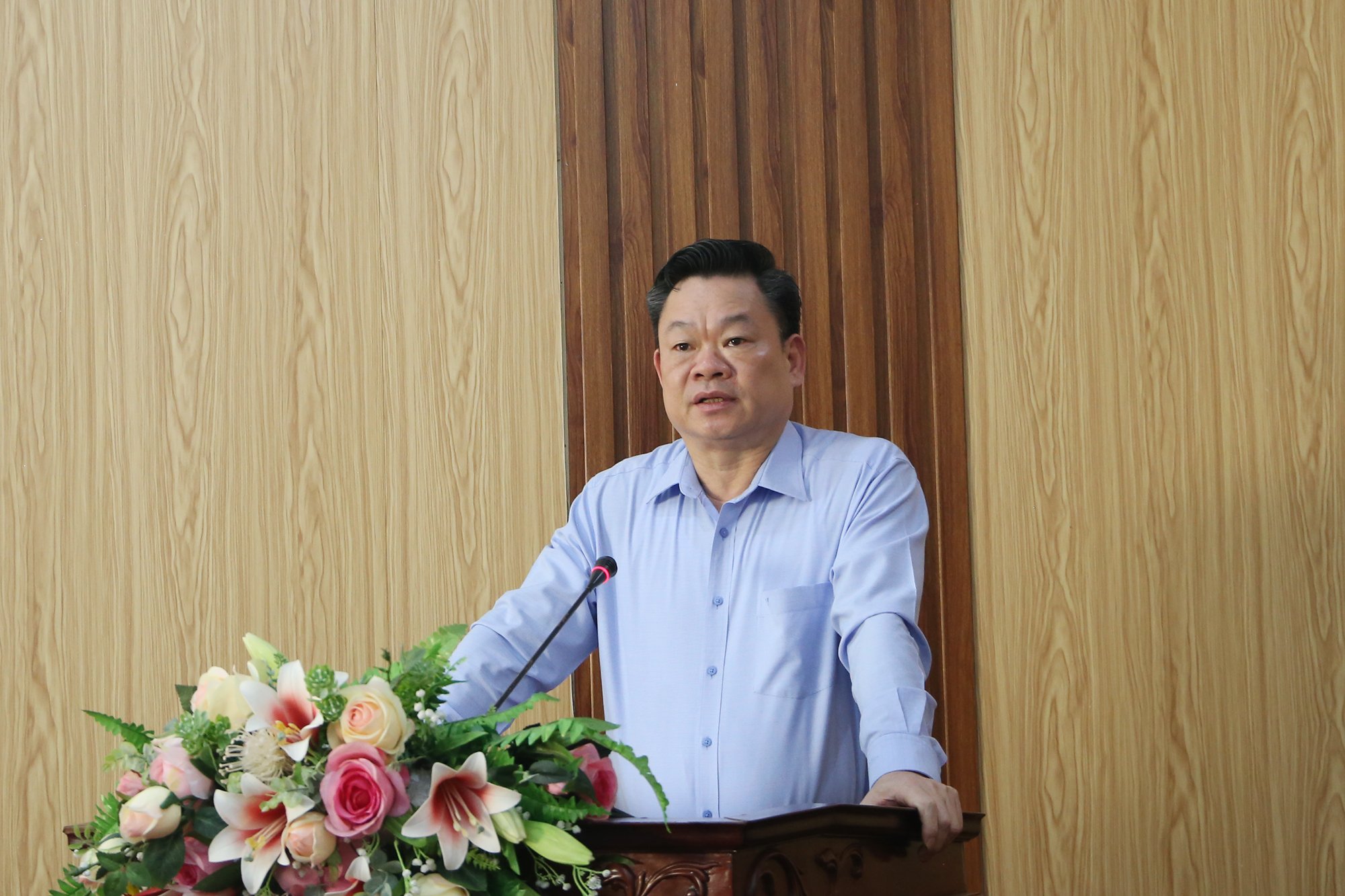







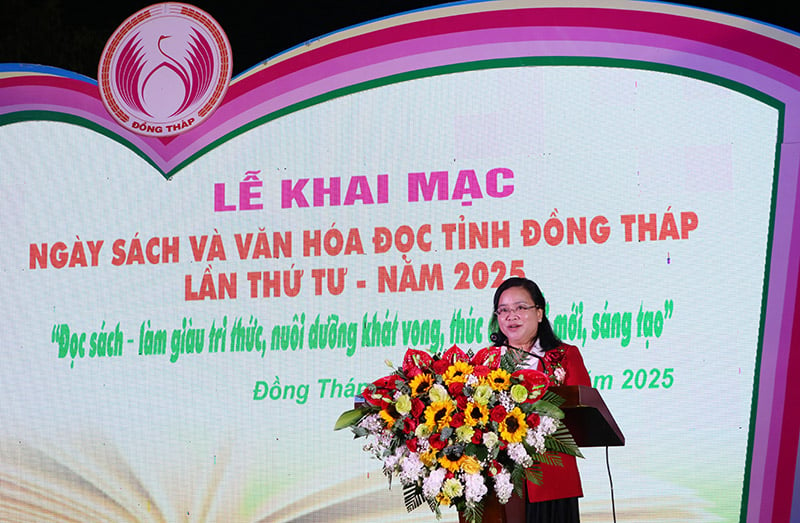

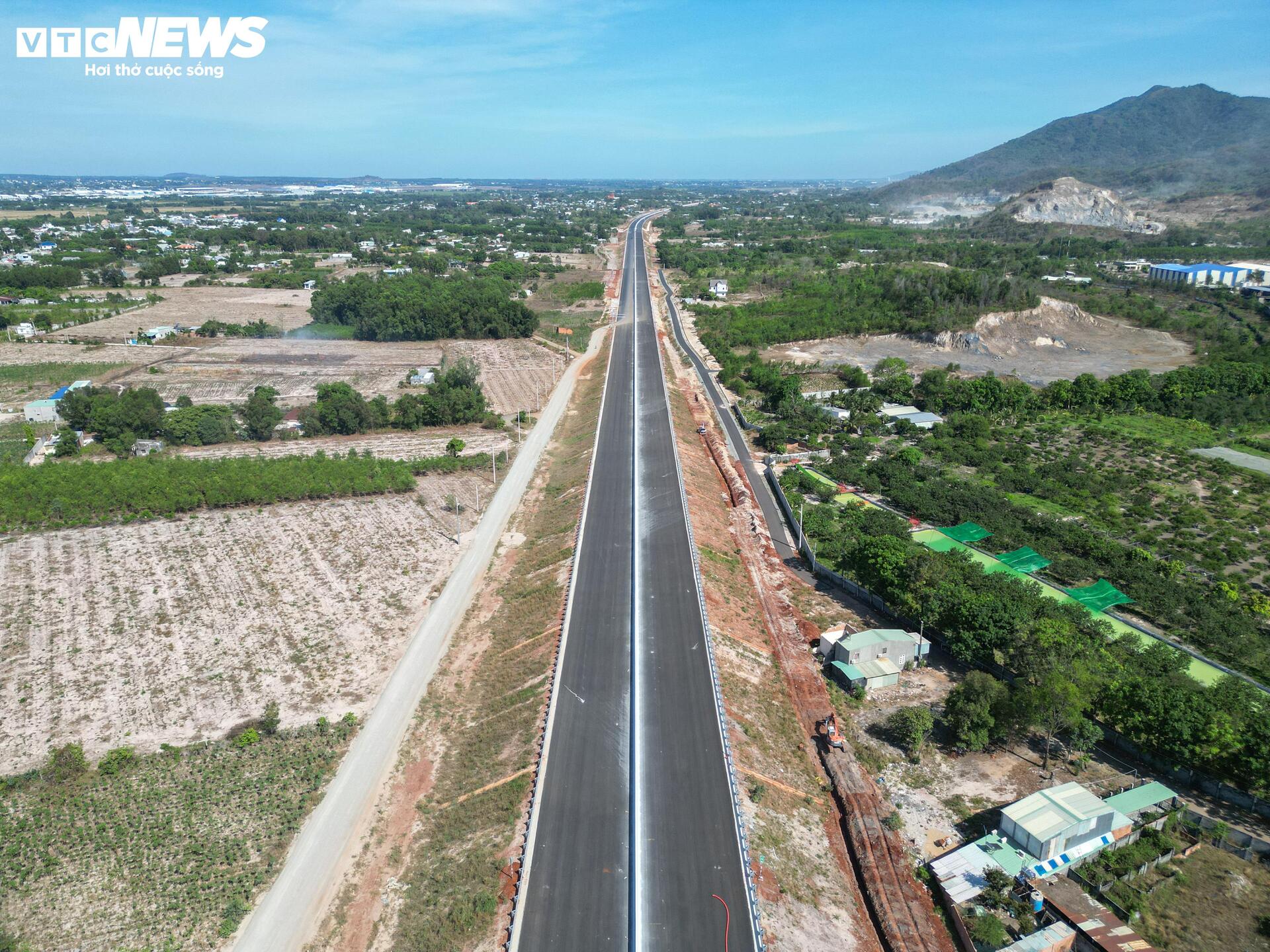
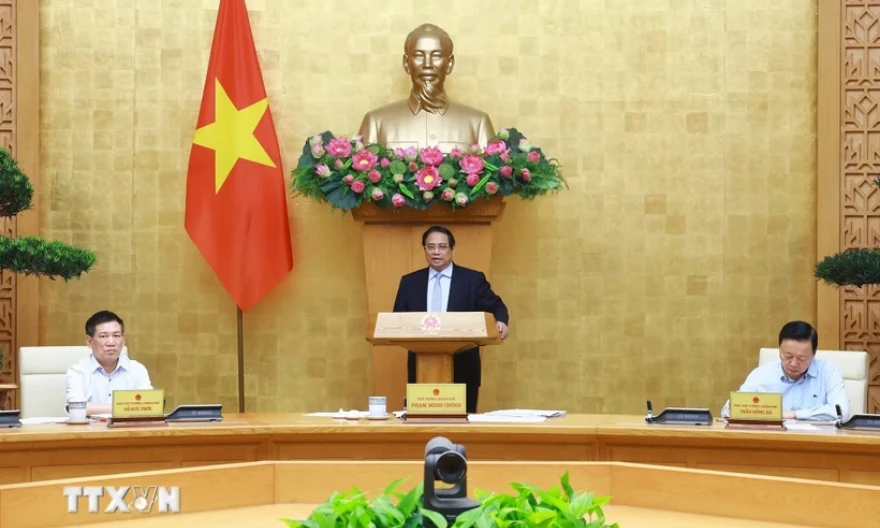

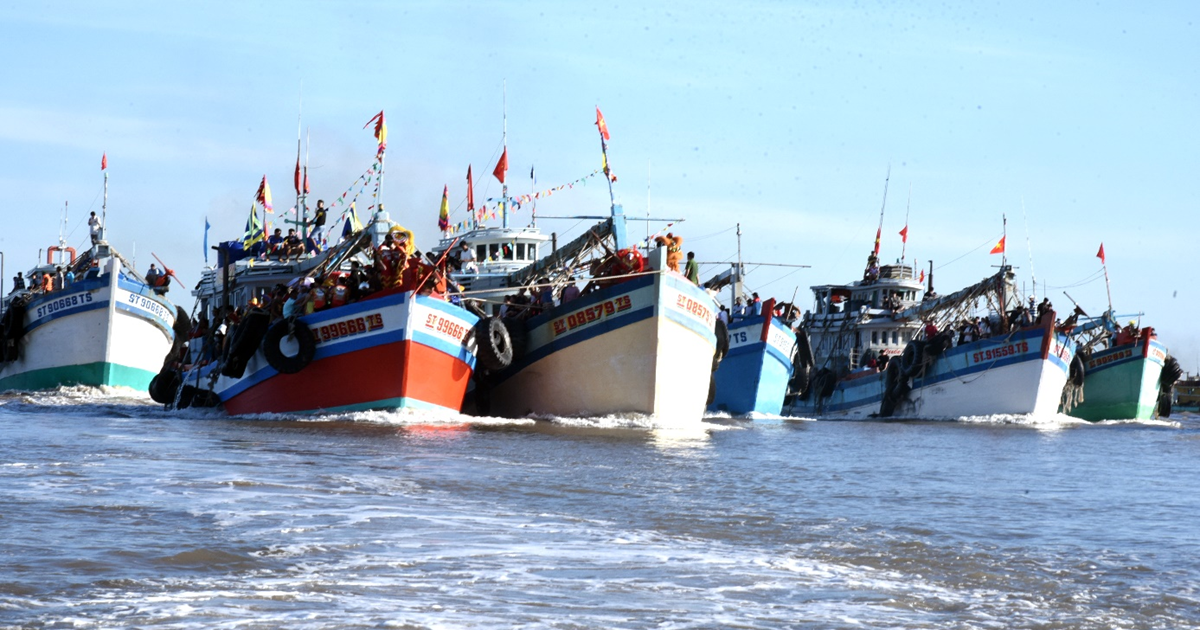


























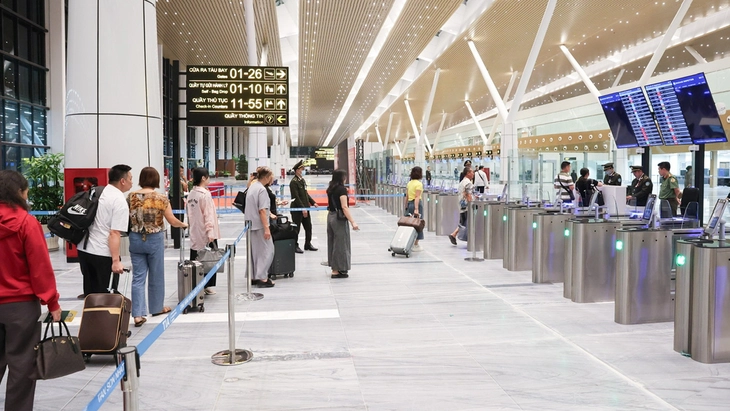
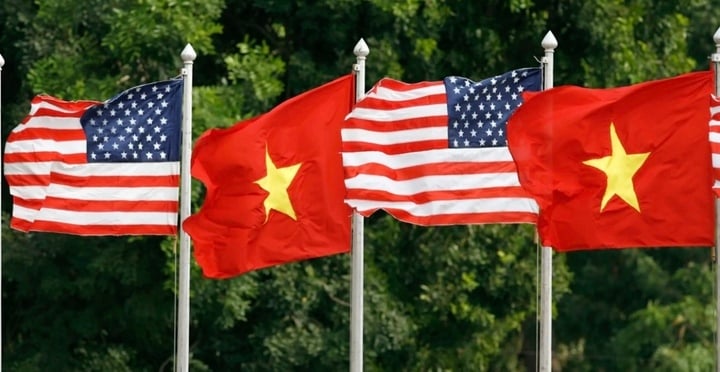

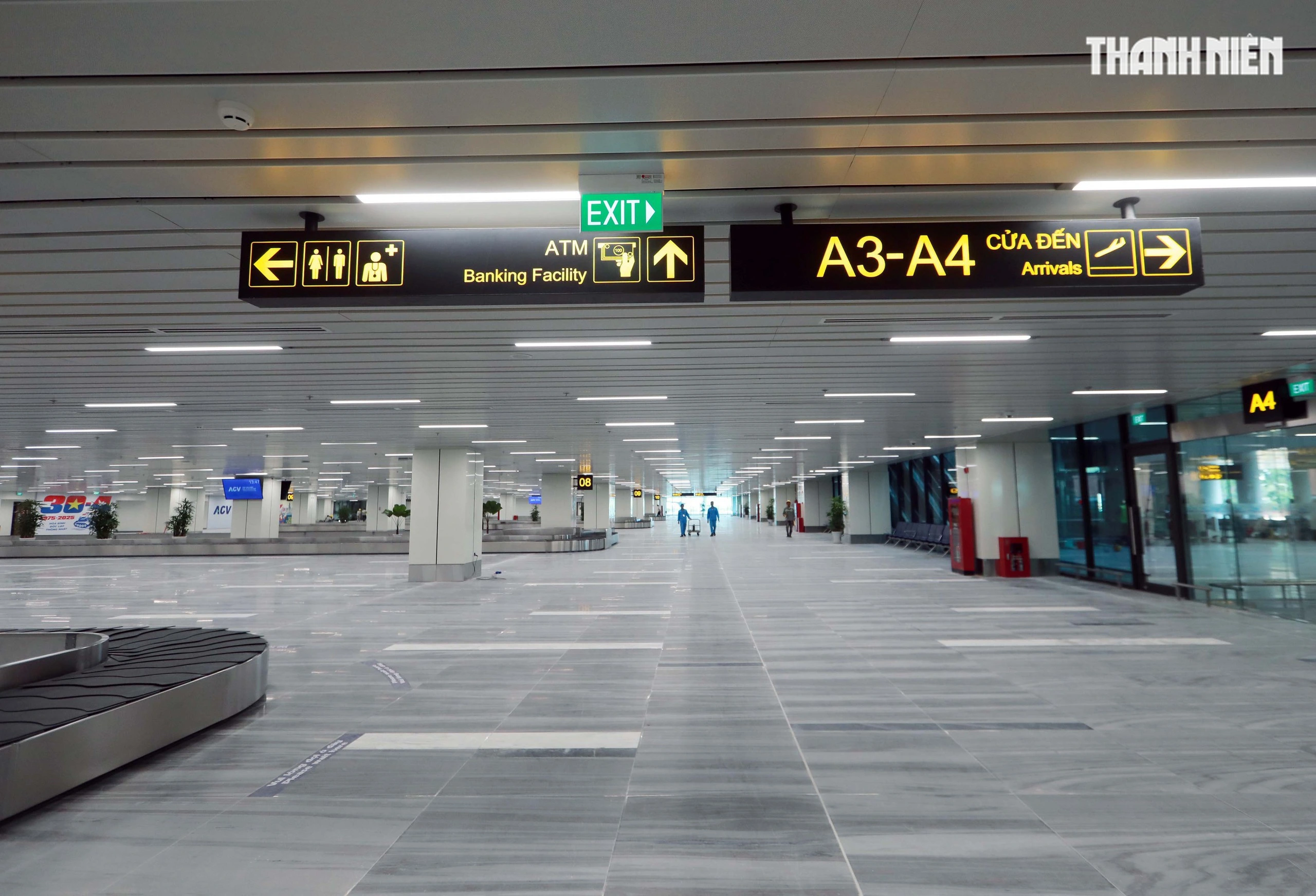






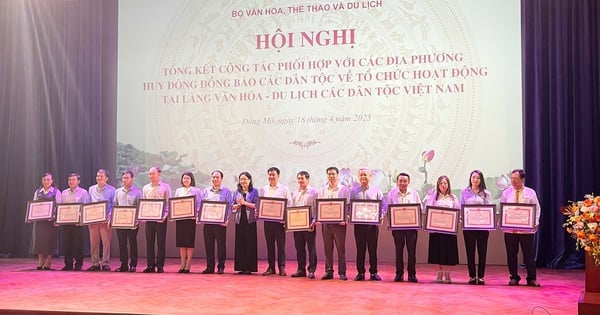




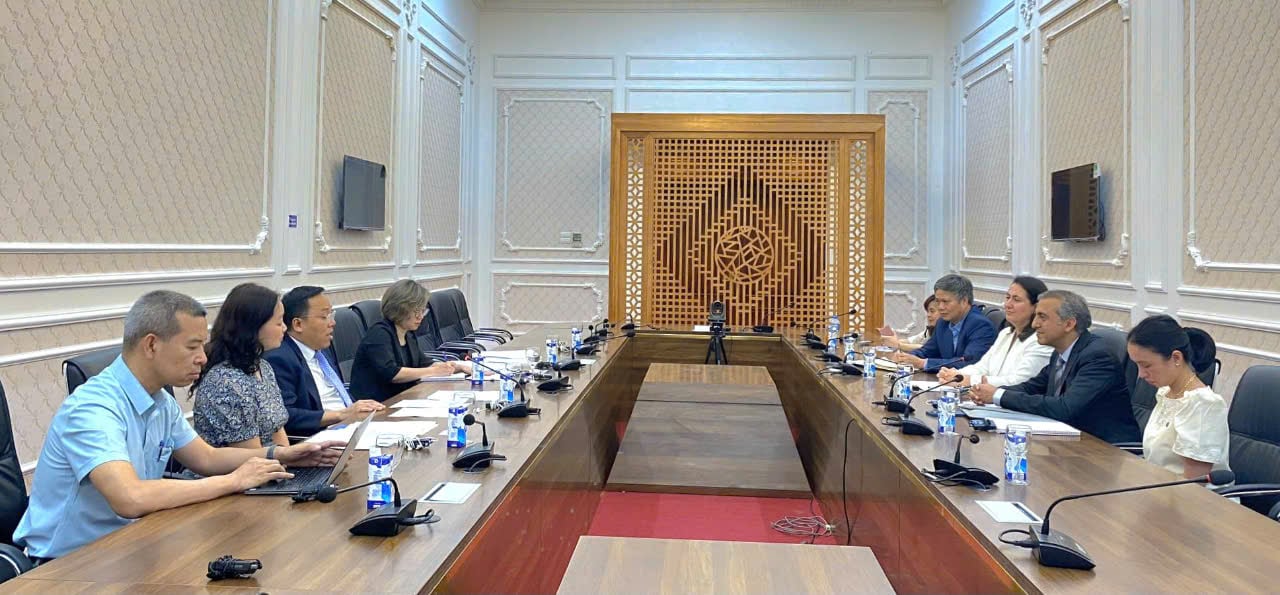
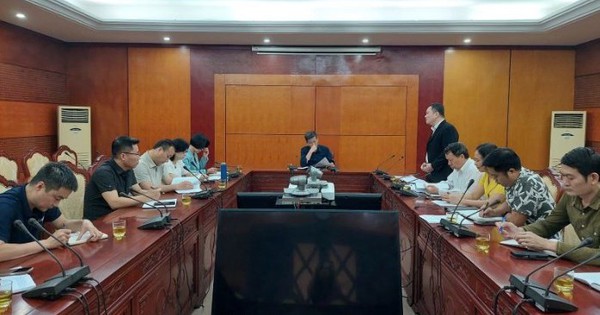





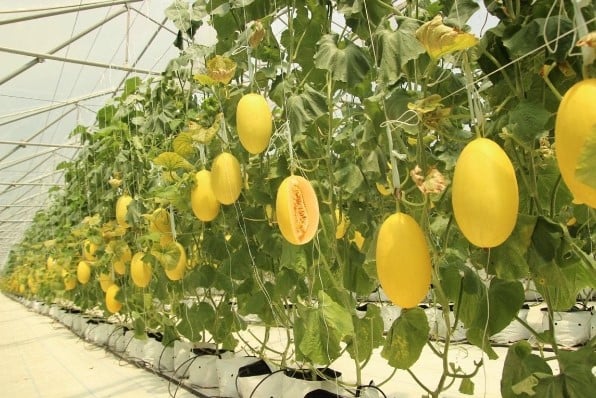
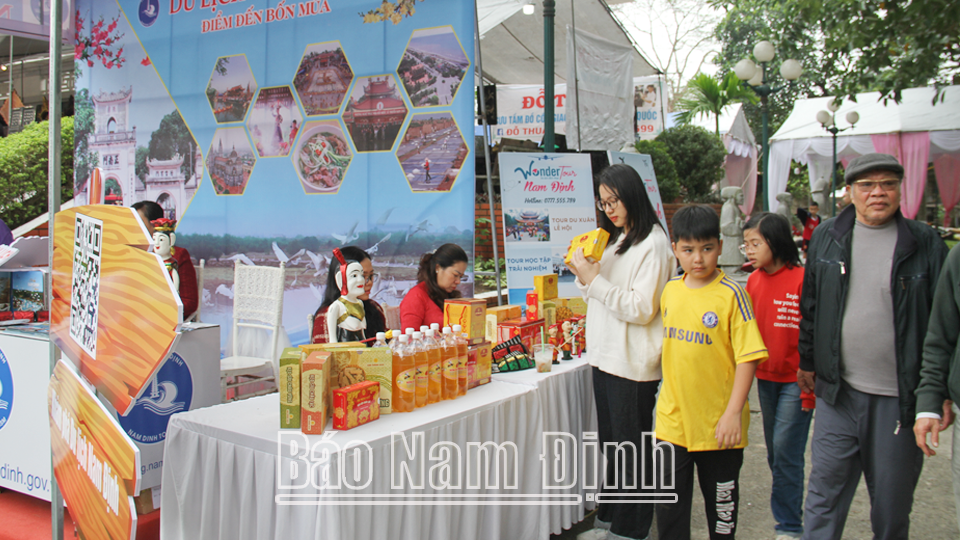





Comment (0)